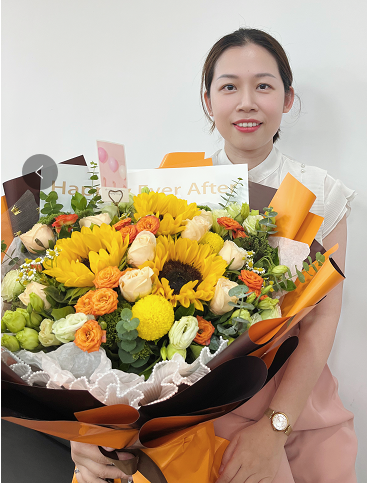A must-see for foreign trade! Container Types and Its Application in International
 2025-01-04
2025-01-04
 33
33
As an integral part of modern international logistics, Container has a wide range of varieties, each with specific uses and advantages. This article will detail the main types of Container, specifications, and related terms to help readers better understand this field.

The main types of Container
- Common Container (Dry Cabinet): This is the most common type of Container and is mainly used to transport general goods that do not require temperature control.
- Refrigerated Container (freezer): Designed for goods that need to keep a low temperature environment, such as fresh fruits, frozen food, etc.
- Open Top Container: The top can be opened to suit loading goods with a height exceeding the standard Container size.
- Frame Container: No sidewalls or top, suitable for extra long or wide cargo.
- Flat Container: Similar to the frame Container, but the bottom is flat for easy loading of heavy machinery, etc.
- Ventilation Container: With air vents on the side, it is suitable for transporting goods that require good air circulation.
- Container for hanging clothes: It is equipped with hanging rods inside, which is specially used for transporting clothing goods.
- Liquid Tank Container: Used for transporting liquid goods such as chemicals, petroleum products, etc.
- Automotive Container: Specially designed to safely transport vehicles.
Large cabinet, small cabinet and double back
- Large cabinet usually refers to a Container of 40 feet, including 40GP (general cabinet) and 40HQ (high cabinet). While the 45-foot Container is regarded as specialized container.
- Small cabinets generally refer to a standard Container (20GP) of 20 feet.
- Double back refers to the simultaneous transportation of two 20-foot small cabinets, whether by trailer or port hoisting operation.
LCL and FCL
- LCL (LCL-LCL) refers to the loading of different goods from multiple owners within a Container and is suitable for small batches of goods.
- Full container (FCL-FCL) means that the entire Container is used by a single cargo owner and is suitable for large-scale cargo transportation.
Common Container specifications
- 40-foot-high cabinet (40HC): Length approximately 12.192 meters, height 2.9 meters, width 2.35 meters, volume approximately 68 cubic meters.
- 40-foot general cabinet (40GP): Compared to the 40HC, the height is reduced to 2.6 meters and the volume is approximately 58 cubic meters.
- 20-foot general cabinet (20GP): The size is halved, with a length of 6.096 meters, a height of 2.6 meters, a width of 2.35 meters and a volume of approximately 28 cubic meters.
- 45-foot-high cabinet (45HC): The length is increased to 13.716 meters, other dimensions are the same as 40HC, and the volume can reach about 75 cubic meters.
The difference between high cabinets and ordinary cabinets
The tall cabinet is about 30 cm higher than the general cabinet, which allows it to hold more cargo volume, which is especially advantageous when handling lightweight but bulky items.
Dead weight of box body and heavy box
Empty box/Ji box
Empty boxes are Container without any goods. In some areas, in order to avoid the unlucky meaning brought by the word "empty", empty boxes are customarily called "auspicious boxes".
Carrying weight box and drop weight box
- The backing container involves picking up the Container full of goods from the yard and transporting it to the destination Break bulk.
- Dropping box refers to the process of sending the Container loaded with goods back to the designated place after loading is completed.
Back empty box versus empty box
- Carrying empty containers is to pick up empty containers from the station and prepare them for loading.
- The empty box means that the empty box after unloading the goods is sent back to the station for storage.
DC and OT box type
- DC stands for dry cargo container and is one of the most common types of Container.
- OT instant open top cabinet, allowing direct loading and unloading of goods from the top.
Bill of lading number and box number
- The bill of lading number is critical information to identify a particular lot of goods and is crucial to arranging a box.
- The box number is the unique identifier of each Container, which is a combination of alphanumerics and is used for tracking management.
Seal number
Lead seal ensures the security of Container and prevents unauthorized opening. It is one of the key measures to ensure the integrity of goods.
The above content covers the basic knowledge of Container and its application in practical operation. I hope it will be helpful to friends engaged in foreign trade and related industries.



















